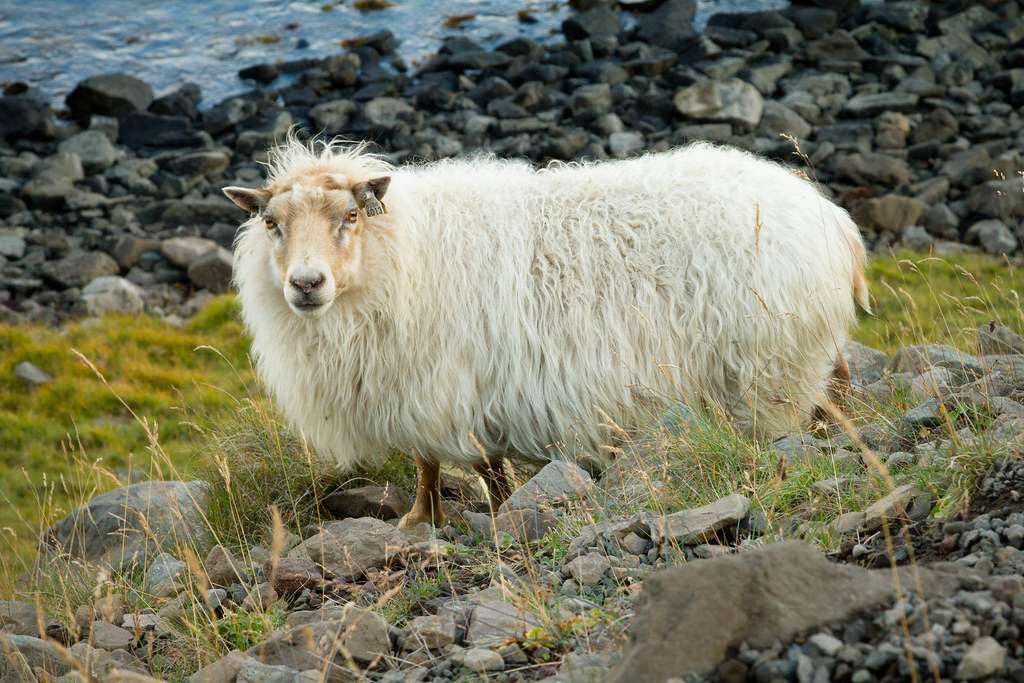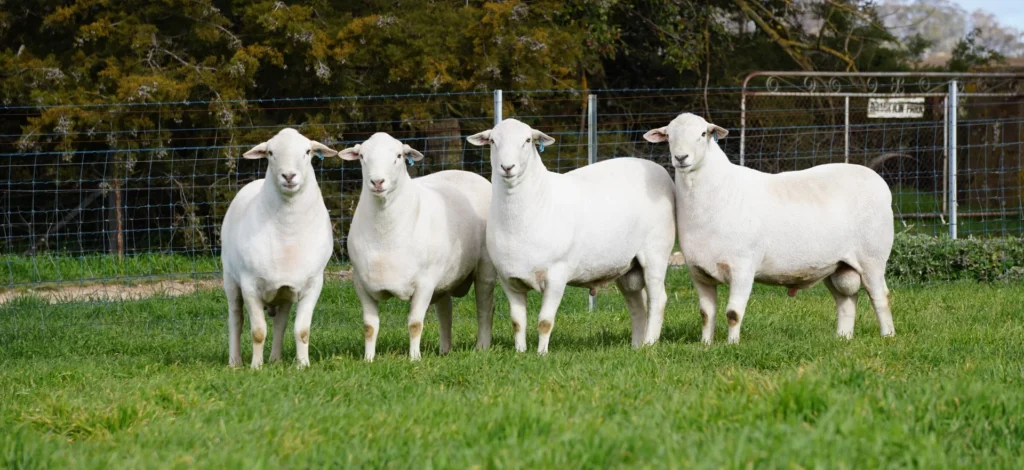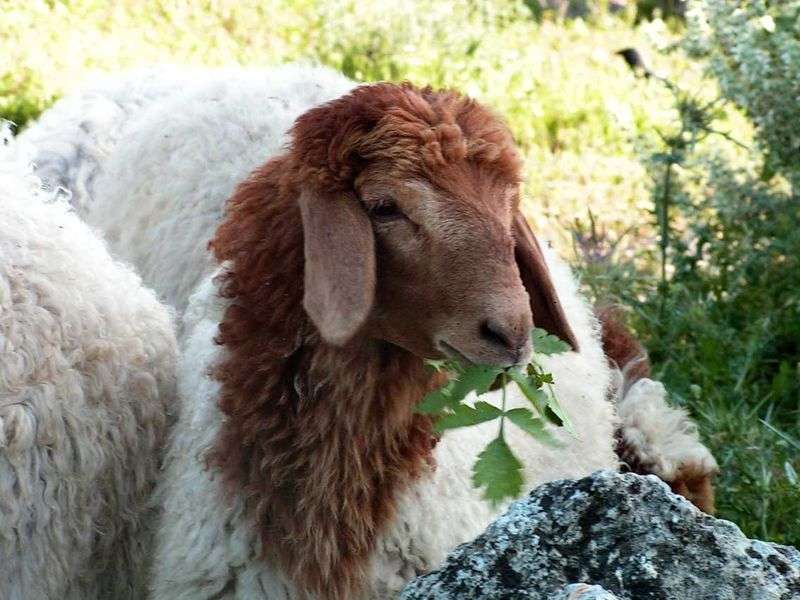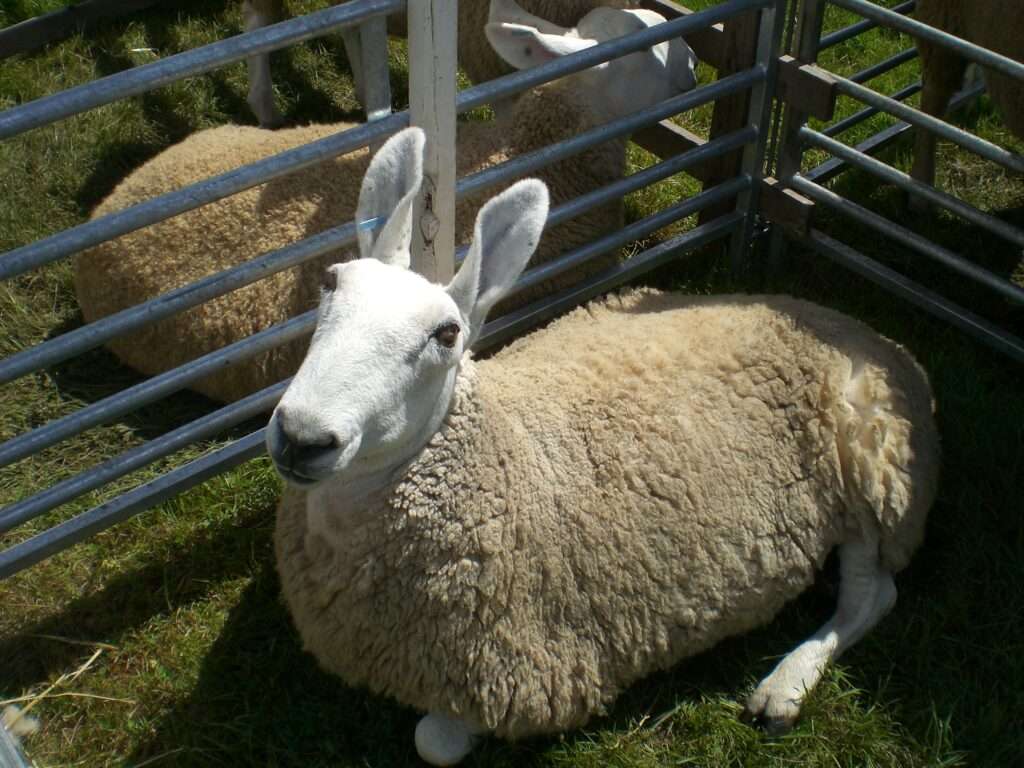
Appearance
The Icelandic sheep are medium-sized, with mature ewes weighing 150–160 lbs. and rams 200–220 lbs. They have open faces, legs, and udders and are fine-boned. Although the breed includes both polled and horned individuals of both sexes.
Origin
The Northern European short-tailed sheep, which was once widespread in northern Europe, was imported to Iceland with settlers from Norway in the ninth and tenth centuries.

Temperament
The Icelandic breed is not a docile breed. They move quickly and are alert. Most of them lack a strong propensity for flocking and are highly individualistic. They have a propensity to disperse, which makes them effective users of scarce pasture.
Care
Housing
Icelanders are able to cope with extremely low temperatures; when protection from the wind, rain, and snow is required, all they need is a three-sided shelter. It is advisable to have a fourth side that can be temporarily closed as the weather dictates in the country’s harshest regions.
Protecting from Predators
Farmers must take precautions to protect their flock because these sheep are not immune to predators. Coyotes, domestic dogs, mountain lions, wolves, and bears are the most dangerous predators. Farmers may think about using a livestock guardian dog to protect their flock. These canines have received specialized training to protect lambs from predators. Another choice is to erect a strong fence to contain the flock.
Feeding and Nutritional Needs
Icelandic sheep are particularly adaptable because of their diet; unlike other sheep breeds, they have no trouble digesting roughage like brush and weeds.
They still need access to high-quality hay, a mineral supplement, and plenty of fresh water.
Table





